|
59. Aricia agestis (Denis & Schiffermüller, 1775) / Brown argus / Lycaenidae – Polyommatinae
NL: bruin blauwtje / D: Dunkelbrauner Bläuling, Zweibrütiger Sonnenröschenbläuling / F: collier-de-corail, argus brun
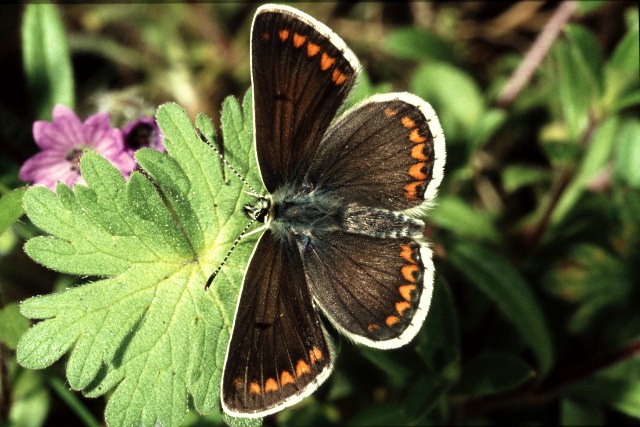 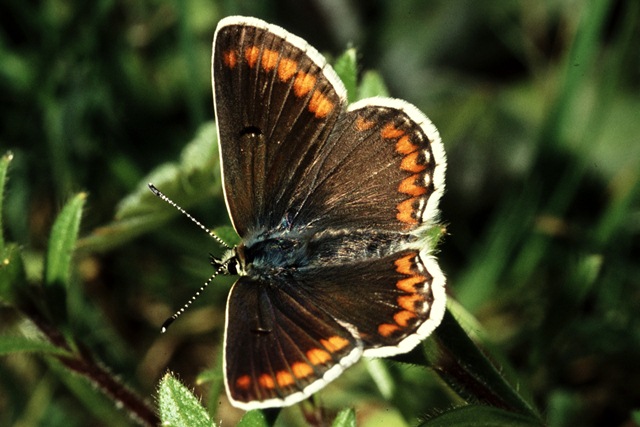 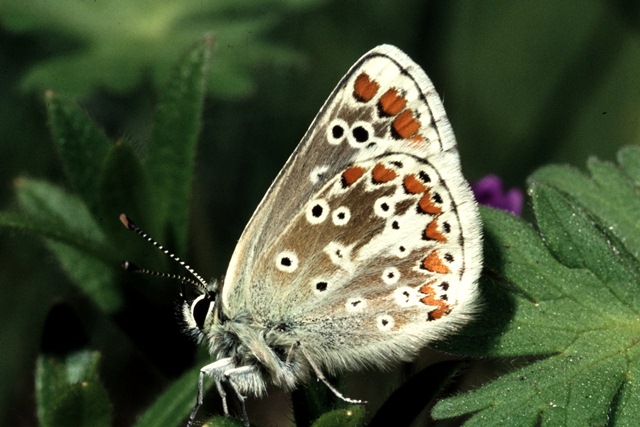
Photographs: Frits Bink ©.
Very small or small, wing length 13 (12-14) mm. Occurs all over the Benelux locally in sparse vegetation on bare soil, in chalk grassland, dunes, fallow land and grazed river banks.
The butterfly is on the wing from early-May until late-September and peaks late-May and early-August. It is known from maritime to mild continental climates, amplitude 5 to 14.
Required heat sum 700°d for two generations and maximum tolerated 2300°d, corresponding climate window 23 and 41 weeks.
The species is one out of a complex of very close related species; in the United Kingdom two species are found: in southern England A. agestis and in the northern part and in Scotland A. artaxerxes.
Ecological characteristics
Behaviour over time
Overwintering: small larva in third instar, which hides in litter layer.
Reproduction: oviposition starts after 3-5 days when the body contains about 60 eggs. Estimated potential production 3.9 times as much.
Larval feeding periods: 4 weeks in autumn, after hibernating 5 weeks in spring, 3-4 weeks in summer brood in the period from June until August.
Generations: at least two, three in warm periods.
Spreading of risk: not observed.
Life cycle: egg 5 (4-8) days; larva summer brood 24 (20-39) days, overwintered one 26-34 weeks; pupa 14 (11-22) days.
Life span of adult: long, up to 4 weeks.
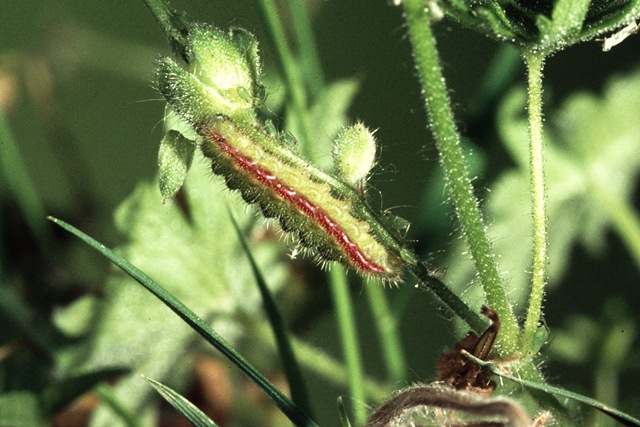 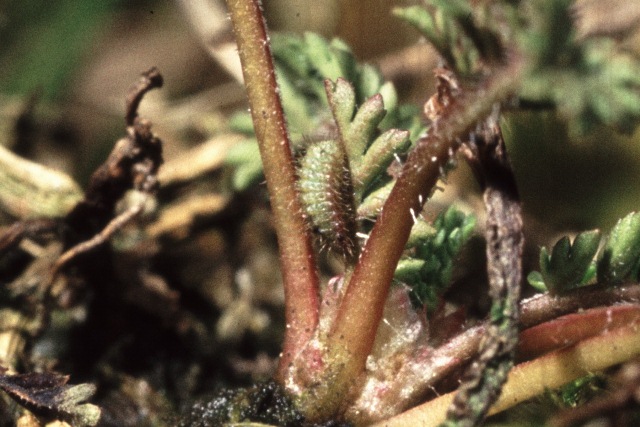
Photographs: Frits Bink ©.
Behaviour in space
From stay-at-home to migrant: nomadic, spatial requirement modest.
Finding a mate: male perches.
Orientation in the landscape: open landscape with patches of bare soil.
Oviposition: on the underside of the leaves.
Defence
Threats from other organisms: no special defence.
Myrmecophily: little activity, though full array of ant-attracting and appeasing organs are present, the larvae are only occasionally tended by ants.
Threats from the environment: overgrowth of the short grass vegetation and loss of the bare patches.
Feeding habits
Adult: nectar of small flowers of herbs, in summer field eryngo is a favourite.
Larva: newly hatched larvae prefer flower buds, later they will mine into thick leaves and finally may eat all parts of the host, following overwintering they start to feed in the heart of the plant. Is also cannibalistic.
Larval foodplants
Plant species: Cistaceae, Helianthemum nummularium.
Geraniaceae, e.g. Erodium cicutarium, Geranium molle.
Journal
Rearing experiments:
1. Based on specimens from Nîsmes, Belgium:
29 May 1982: freshly laid eggs collected from Helianthemum.
1 June: eggs laid on Helianthemum.
6 June: eggs hatched.
16 June: larvae ate equally from Helianthemum and Geranium.
26 June: first prepupa, one larva is killed by another and was consumed in two days.
27 June: first pupa.
12 July: first adult appeared.
1 July: all other pupae had hatched.
2. Based on specimens from Zandvoort, Netherlands:
27 September 1984: larvae in second instar.
30 September: larvae in third instar.
16 October: three larvae were still feeding, others in diapause in litter layer.
1 November: large difference in size of the larvae in diapause noted, some in L3 or possibly L4.
Overwintered outdoors.
5 March 1985: third instar larvae still in diapause.
14 March: larvae started feeding, ate holes in petioles.
28 march: larvae fourth instar, 8-9 mm in length.
6 April: larvae last instar, 15 mm in length.
10 April: first prepupa, from Erodium.
28 April: first prepupa from Geranium.
9 May: first adult appeared.
22 May: last pupa hatched.
Table 59-1. Results of dissections

Table 59-2. Collection and observation localities
B, Theux 50° 33’ 20”N – 5° 49’ 50”E; 17 June 1983.
B, Nîsmes, Tiènne-Breumont, 215 m, 50° 04’ 40”N – 4° 32’ 35”E; 28 May 1982, 29 June 1982.
D, Blankenheim 50° 22’ 40”N – 6° 41’ 05”E; 20 June 1983.
D, Eschweiler 50° 47’ 09”N – 6° 16’ 37”E; 18 June 1983.
F, Brittany, Telgruc-sur- Mer 48° 12’ 25”N – 4° 22’ 25”W; 29 September 2004.
F, la Bruyère 45° 39’ 01”N – 5° 38’ 09”E; 25 August 1984.
F, Mare de Vauville 49° 37’ 55”N – 1° 50’ 56”W; 3 June 2000.
F, Montmédy 217 m, 49° 31’ 07”N – 5° 21’ 33” E; 18 August 1984.
F, Normandy, Havre de Surville 49° 16’ 47”N – 1° 40’ 23”W; 19 September 2005.
F, Normandy, Lessay 10 m, 49° 12’ 22”N – 1° 31’ 49”W; 2 September 2007, 13 September 2007.
F, Saint-Germain-sur-Ay-Plage 49° 13’ 13”N – 1° 37’ 36”W; 31 May 2000.
F, Vosges, Bollenberg 363 m, 47° 56’ 54”N – 7° 15’21”E; 25 July 1983, 11 June 1984.
NL, Bennekom, garden 51° 59’ 30”N – 5° 40’ 34”E; 23 August 1998.
NL, Grebbeberg 51° 57’ 09”N – 5° 36’ 23”E; 22 August 1981, 19 May 1984.
NL, Slikken van de Heen 51° 37’ 23”N – 4° 11’ 54”E; 23 August 2000.
Fig. 59-1. Aricia agestis, phenogram adapted from Bos et al. 2006: 198.
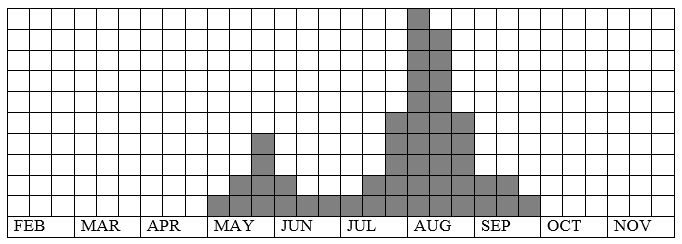
Fig. 59-2. Aricia agestis, habitat characteristics.
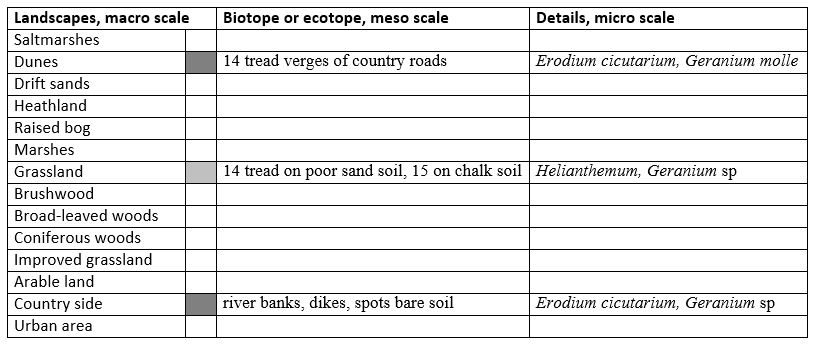
Fig. 59-3. Aricia agestis, climate matrix, heat-sums 700 (2nd generation) - 2300°d.
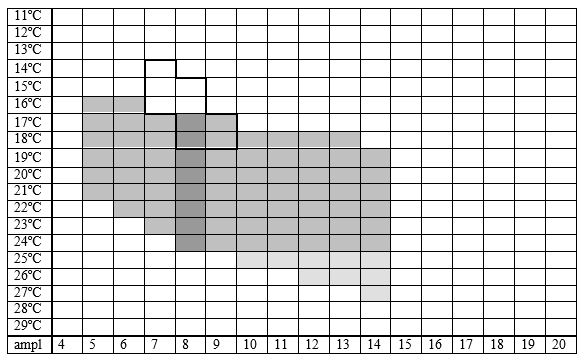
|










